Written by Lorrie Reynolds
Categories
What is deliberate practice? There are various separate aspects that can be defined. One is breaking things down and improving upon each piece, and a second is practicing beyond your comfort level. The third is breaking down tasks and practicing ONLY the portions we need to improve.
The common saying is that “Practice makes perfect,” but this isn’t really true. If we practice in a way that doesn’t improve our performance, we will never be perfect. If we practice bad habits, we won’t succeed. I can practice sending my dog to the back side of a jump hundreds of times, but if I am not doing it correctly, and he does not understand my cues, I am creating confusion, not perfection! Imagine you are a brand new agility competitor who didn’t know the correct way to enter the weaves, or an obedience competitor who didn’t understand the intricacies of the retrieve over high jump exercise. If I practice weaves with my dogs but teach him to enter on the wrong side, or if I practice the retrieve but have the dog come to my side rather than front before taking the dumbbell, not only am I not going to succeed, I’m just going to ingrain the wrong behaviors that I later have to “untrain.” Just “practicing” things over and over again is not enough to move us forward in our understanding and proficiency.
Another saying is “Perfect practice makes perfect,” but I’m going to challenge that one as well. If we are perfect at what we are practicing, we are not improving on the things we still need help with or expanding our skills to further our overall success. If I go out and practice front crosses for an hour, but I never practice rear crosses, I’m not increasing my perfection, I’m staying in my comfort zone. If I only practice the tricks that I know, but never teach my dogs anything new, I won’t win the local trick competition. I may end up being perfect at one small piece of the whole, but it doesn’t push my overall understanding or skills any further.
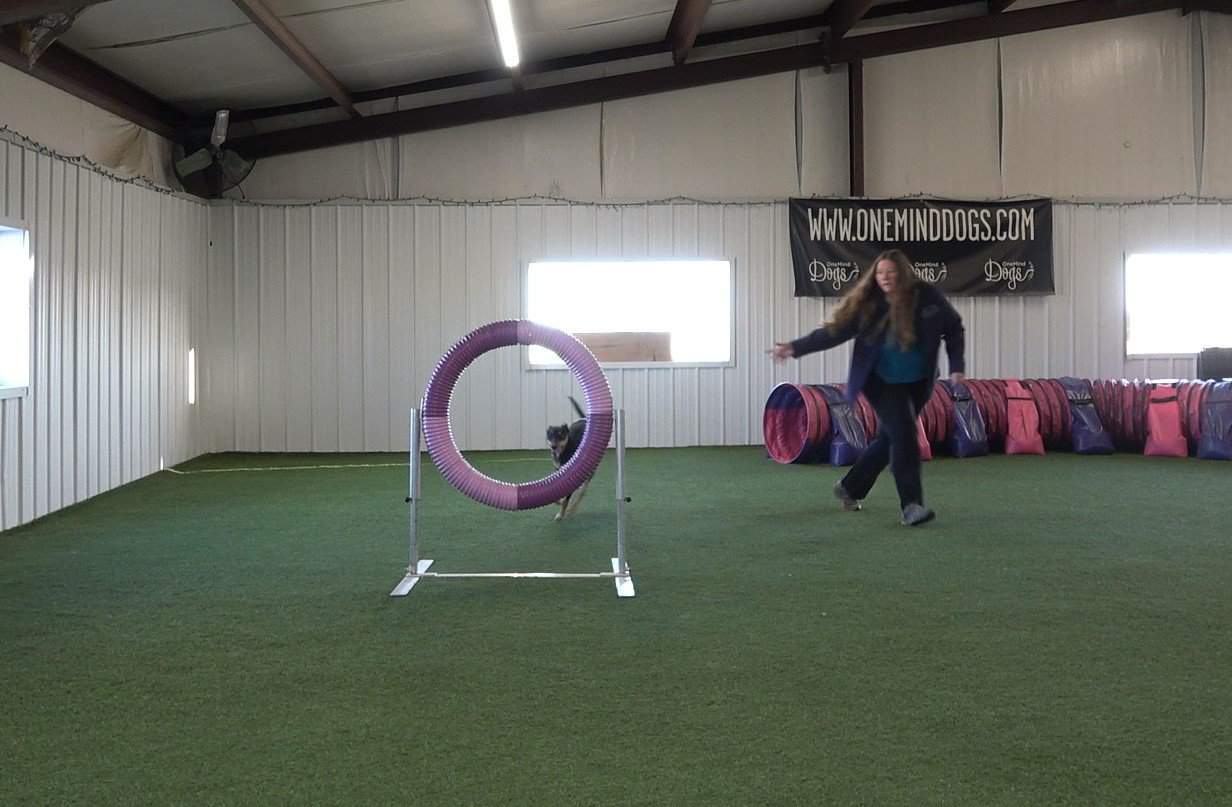
Practice makes perfect is a fallacy. Intentional, informed, deliberate practice is what moves you toward perfection.
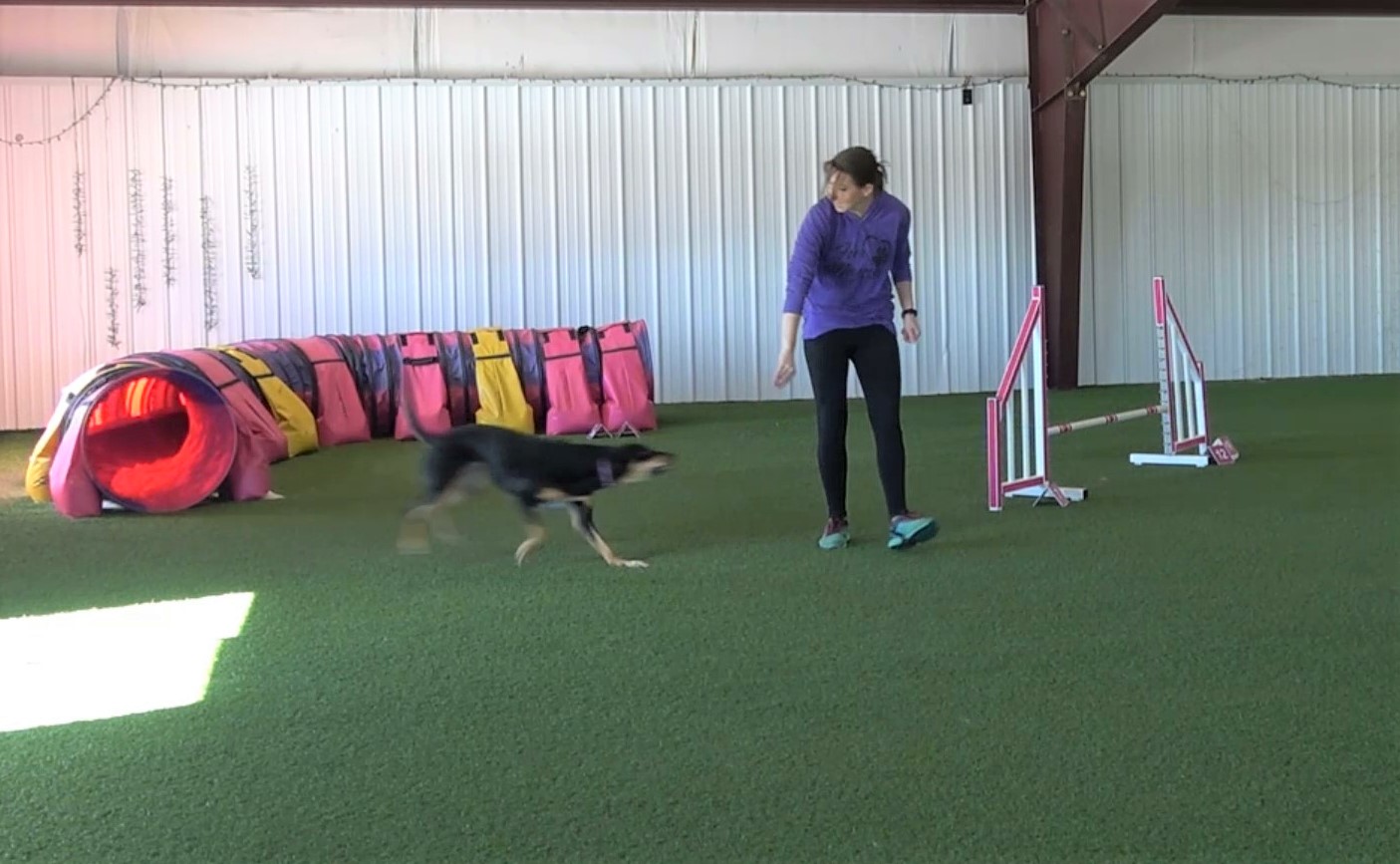
A common fallacy is that we have to practice an entire routine to make it perfect. Professional musicians don’t practice the piece of music from start to finish every time they practice, they only work on the sections they need to improve. I rarely practice a full agility course with my dogs, because I want to work on only the pieces they have trouble with.
Running through a full course over and over again doesn’t help them get that tricky turn out of the tunnel or solidify their understanding of a specific skill. Dancers would be exhausted if they had to run through their entire routine every time. They break down the parts they need to improve and only practice the entire routine once they have perfected the pieces.
One of the best ways to reach for perfection is to build on small pieces of the whole, work on the transitions between the pieces, and only then put entire routine/piece of music/course together.
The most successful people don’t practice more often than others, they practice deliberately. Here’s how you can put deliberate practice to work for you:
-
- Analyze your overall skills and knowledge – either use video or a coach to determine what you need to work on, and make sure you are doing things correctly
- Break things down – after you have the big picture, break down the skills into small pieces
- Make a plan – focus the most attention on the things that will bring the greatest value
- Practice the correct things – don’t continue to practice things you have already mastered, or long sequences, instead practice only the pieces you need to improve
- Analyze the results – determine what improved and what still needs further work, then start again!
Today’s Tip
By employing deliberate practice, you can either spend less time on training with better results, or spend the same amount of time training and exponentially improve your skills. Repeating an activity you know can be very satisfying, but it doesn’t foster growth and improvement.
Click the link for the next article to learn about Productive Practice.
You Might Also Like…
Five Ways to Crush It at Your Next Dog Agility Seminar
Going to a dog agility training seminar? Check out these five tips to maximize your return on investment!
Read This Before Deciding on Your Agility Dog’s Contact Performance
Which contact performance, running or stopped, is right for your team? The answer might surprise you.
Is Your Agility Dog a Pinto or a Ferrari?
If you’ve moved up from a slow or moderately-fast agility dog to a speed racer, here’s some advice to make your life easier.
Get tips, stories, discounts, and early notification of events and new courses delivered straight to your inbox! Join the community!
Top photo: Courtesy of Dog Agility Photos for Fun
Second photo courtesy of Howling Moon Photography.

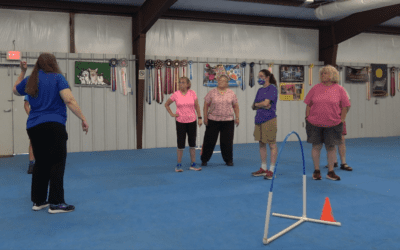
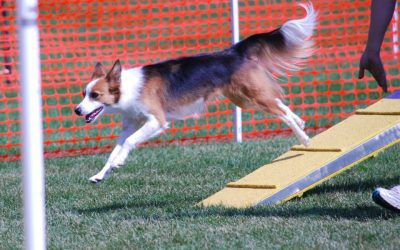
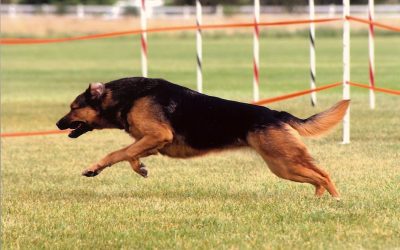
0 Comments